Amphibians of Andalusia
Endemic newts and frogs inhabiting temporary Mediterranean pools.
Amphibians are small vertebrates, discreet and most of them threatened with extinction in Andalusia, like almost all aquatic fauna that live in semi-arid regions and intensive agriculture. Two groups are distinguished: on the one hand the salamanders and newts retain a tail in the adult stage, on the other hand the frogs and toads are tailless and generally jumpers. Amphibians are characterized by a double life cycle: adults are terrestrial and larvae are aquatic, developing from permeable eggs that require fresh water. They breathe through the gills (larvae), lungs (adults) and even the skin, which contains glands that produce antifungal, bactericidal and even toxic secretions for vertebrates.
The Andalusian fauna includes 16 species, endemic or originally native from the Iberian Peninsula and the Maghreb. True toads (Bufo genus) have spread from this territory to France and the rest of Europe, even reaching Britain.
One of the most surprising characteristics of amphibians is the diversity of their reproductive strategies (see final note).
To this morphological and behavioral diversity of adults, let us add the songs and ecology specific to each species, the identification criteria to recognize adults, larvae and even eggs… It is not surprising that this group is one of our favorites!
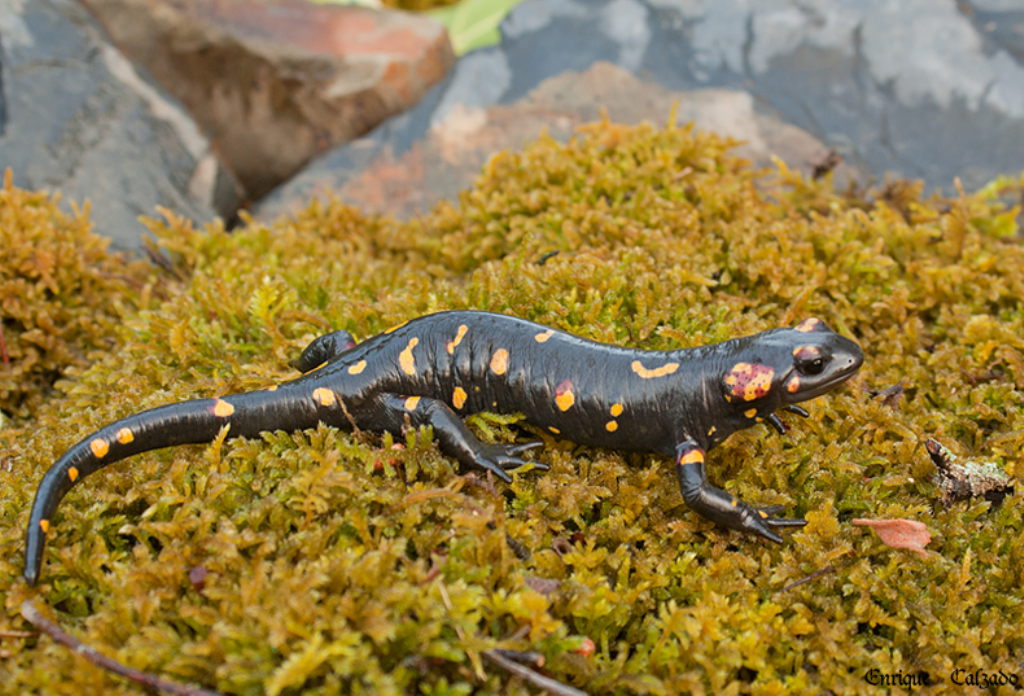
Among the amphibians of Andalusia, the ‘Sierra Morena’ Fire salamander (Salamandra salamandra morenica) surprises with its extraordinary color pattern. Photo: Enrique Calzado.

Mediterranean tree frog (Hyla meridionalis).


Iberian ribbed newt. Photo: Enrique Calzado.
Salamanders are represented in Andalusia by two species: the common salamander (Salamandra salamandra), which includes the subspecies of Sierra Morena, with spectacular red spots, and the endemism located south of the Guadalquivir, the Betic salamander (Salamandra longirostris) that has a pointed snout.
The Iberian ribbed newt (Pleurodeles waltl), is endemic to Iberian Peninsula and the Maghreb and holds the record of size among European newts. His defensive behavior is rare to observe but very striking. In case of an attack, it can project few millimeters of its ribs out of the body.
Pygmy newt (Triturus pygmaeus) and Iberian newt (Lissotriton boscai) complete the list of urodels in Andalusia. The first likes ponds, the second prefers streams. The male of the pygmy newt is spectacular since it develops a very prominent dorsal crest during mating season.
Among the anurans, the most abundant species is the green frog (Pelophylax perezi), very common but whose populations seem to be decreasing nevertheless.
The spiny toad (Bufo spinosus) and natterjack toad (Bufo calamita) are distributed according to their ecology. The first is mainly a species of forest and streams; the second of open environments and ponds. However, they can match at the same water point.
The list of amphibians living in Andalusia is completed with magnificent species belonging to several families. western spadefoot toad (Pelobates cultripes), Iberian painted frogt (Discoglossus galganoi), the Iberian parsley frog (Pelodytes ibericus) and two treefrogs of the genus Hyla.
Finally three species of midwife toad (genus Alytes) live in Andalusia on a total of five species worldwide, all of which distributed in Europe and North Africa.

Western Spadefoot Toad (Pelobates cultripes). Photo: Enrique Calzado.
Note on the Andalusian species. Salamanders constitute a special case. Unusually for amphibians, they cannot swim and copulate on dry land ; they do not lay eggs, but larvae and sometimes even juveniles, which make them viviparous. Other urodels reproduce in ponds or streams, performing a nuptial dance in which the male deposits a spermatophore on the substrate, followed by a displacement of the female that catch the spermatophore, the fertilization is internal and later the laying, one by one, of eggs that stick in aquatic plants. For the anuran, it is different, the Andalusian species practice external fertilization: males attract females in a favorable environment thanks to their vocalizations (even sometimes underwater), grab them and inseminate externally the cord of eggs that the female deposits in stagnant water. These cords are more or less long. Sometimes, concentrations of individuals occur during the mating period. The midwife toads (genus Alytes) are a special case, where the male takes care of the fertilized eggs, rolling them up between their hind legs.

Among the amphibians of Andalusia, the ‘Sierra Morena’ Fire salamander (Salamandra salamandra morenica) surprises with its extraordinary color pattern. Photo: Enrique Calzado.
Amphibians are small vertebrates, discreet and most of them threatened with extinction in Andalusia, like almost all aquatic fauna that live in semi-arid regions and intensive agriculture. Two groups are distinguished: on the one hand the salamanders and newts retain a tail in the adult stage, on the other hand the frogs and toads are tailless and generally jumpers. Amphibians are characterized by a double life cycle: adults are terrestrial and larvae are aquatic, developing from permeable eggs that require fresh water. They breathe through the gills (larvae), lungs (adults) and even the skin, which contains glands that produce antifungal, bactericidal and even toxic secretions for vertebrates.
The Andalusian fauna includes 16 species, endemic or originally native from the Iberian Peninsula and the Maghreb. True toads (Bufo genus) have spread from this territory to France and the rest of Europe, even reaching Britain.

Mediterranean tree frog (Hyla meridionalis).
One of the most surprising characteristics of amphibians is the diversity of their reproductive strategies (see final note).
To this morphological and behavioral diversity of adults, let us add the songs and ecology specific to each species, the identification criteria to recognize adults, larvae and even eggs… It is not surprising that this group is one of our favorites!
Salamanders are represented in Andalusia by two species: the common salamander (Salamandra salamandra), which includes the subspecies of Sierra Morena, with spectacular red spots, and the endemism located south of the Guadalquivir, the Betic salamander (Salamandra longirostris) that has a pointed snout.

Iberian ribbed newt. Photo: Enrique Calzado.
The Iberian ribbed newt (Pleurodeles waltl), is endemic to Iberian Peninsula and the Maghreb and holds the record of size among European newts. His defensive behavior is rare to observe but very striking. In case of an attack, it can project few millimeters of its ribs out of the body.
Pygmy newt (Triturus pygmaeus) and Iberian newt (Lissotriton boscai) complete the list of urodels in Andalusia. The first likes ponds, the second prefers streams. The male of the pygmy newt is spectacular since it develops a very prominent dorsal crest during mating season.

Western Spadefoot Toad (Pelobates cultripes). Photo: Enrique Calzado.
Among the anurans, the most abundant species is the green frog (Pelophylax perezi), very common but whose populations seem to be decreasing nevertheless.
The spiny toad (Bufo spinosus) and natterjack toad (Bufo calamita) are distributed according to their ecology. The first is mainly a species of forest and streams; the second of open environments and ponds. However, they can match at the same water point.
The list of amphibians living in Andalusia is completed with magnificent species belonging to several families. western spadefoot toad (Pelobates cultripes), Iberian painted frogt (Discoglossus galganoi), the Iberian parsley frog (Pelodytes ibericus) and two treefrogs of the genus Hyla.
Finally three species of midwife toad (genus Alytes) live in Andalusia on a total of five species worldwide, all of which distributed in Europe and North Africa.
Note on the Andalusian species. Salamanders constitute a special case. Unusually for amphibians, they cannot swim and copulate on dry land ; they do not lay eggs, but larvae and sometimes even juveniles, which make them viviparous. Other urodels reproduce in ponds or streams, performing a nuptial dance in which the male deposits a spermatophore on the substrate, followed by a displacement of the female that catch the spermatophore, the fertilization is internal and later the laying, one by one, of eggs that stick in aquatic plants. For the anuran, it is different, the Andalusian species practice external fertilization: males attract females in a favorable environment thanks to their vocalizations (even sometimes underwater), grab them and inseminate externally the cord of eggs that the female deposits in stagnant water. These cords are more or less long. Sometimes, concentrations of individuals occur during the mating period. The midwife toads (genus Alytes) are a special case, where the male takes care of the fertilized eggs, rolling them up between their hind legs.
Spring drinking troughs
Habitat of stream species … in the middle of nowhere.
A somewhat paradoxical habitat … The drinking troughs or fountains fed by spring water are generally isolated, mainly located in dry Mediterranean mountain ecosystems, and more abundant in the limestone mountains of eastern Andalusia.
Under these conditions, the colonization of these artificial structures by amphibians is surprising, especially in the most arid sierras.
Nevertheless, the hydrological conditions of these drinkers are similar to those of the heads of rivers, where there are micro-ponds or a very low flow of running, fresh and oxygenated water, and constitute an ideal biotope for the species associated with “streams” such as salamanders and midwife toads.
Important refuges for the endangered Betic midwife toad (Alytes dickhilleni).
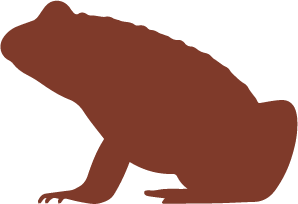
Amphibians: List of species present in Andalusia
# |
Group |
Family |
Species¹ |
English name |
Spanish name |
Identification of adults |
Main distribution |
Prefered habitat² |
IUCN |
Serrania Ronda³ |
Sierra Morena³ |
| 1 | Primitive batracians | Alytidae | Alytes cisternasii | Iberian midwife toad | Sapo partero ibérico | Tricky | SO Iberia, north of the Guadalquivir | Streams | – | – | Frequent |
| 2 | – | Alytidae | Alytes dickhilleni | Betic midwife toad | Sapo partero bético | Tricky | SE Iberia, Betic mountain range | Streams | VU | – | – |
| 3 | – | Alytidae | Discoglossus galganoi | Iberian painted frog | Sapillo pintojo ibérico | Easy | Iberia | Streams | – | Frequent | Frequent |
| 4 | Meso-batracians | Pelobatidae | Pelobates cultripes | Iberian spadefoot toad | Sapo de espuelas | Unmistakable | Iberia, France (littoral) | Ponds | VU | – | Frequent |
| 5 | – | Pelodytidae | Pelodytes hespericus | Mediterranean parsley frog | Sapillo moteado mediterráneo | Difficult | Central Iberia | Ponds | – | – | – |
| 6 | – | Pelodytidae | Pelodytes ibericus | Iberian parsley frog | Sapillo moteado ibérico | Difficult | SO Iberia | Ponds | – | Rare | Frequent |
| 7 | True toads | Bufonidae | Bufo calamita | Natterjack toad | Sapo corredor | Unmistakable | Western Europe | Ponds | – | Rare | Frequent |
| 8 | – | Bufonidae | Bufo spinosus | Spiny toad | Sapo común | Unmistakable | Ibero-Maghrebian, France | Streams | – | Frequent | Rare |
| 9 | Tree frogs | Hylidae | Hyla meridionalis | Mediterranean tree frog | Ranita meridonal | Easy | Ibero-Maghrebian, France and Italy | Ponds | – | Frequent | Frequent |
| 10 | – | Hylidae | Hyla molleri | Iberian tree frog | Ranita de San Antonio | Easy | Iberia, north of the Guadalquivir | Ponds | LR | – | Rare |
| 11 | True frogs | Ranidae | Pelophylax perezi | Iberian green frog | Rana verde | Easy | Iberia, France | Generalist | – | Frequent | Frequent |
| 12 | Newts | Salamandridae | Lissotriton boscai | Bosca’s newt | Tritón ibérico | Unmistakable | O Iberia, north of the Guadalquivir | Ponds | – | – | Rare |
| 13 | – | Salamandridae | Pleurodeles waltl | Iberian ribbed newt | Gallipato | Unmistakable | Ibero-Maghrebian | Ponds | NT | Rare | Frequent |
| 14 | – | Salamandridae | Triturus pygmaeus | Southern marbled newt | Tritón pigmeo | Unmistakable | SO Iberia | Ponds | LR | Rare | Frequent |
| 15 | Fire salamanders | Salamandridae | Salamandra salamandra longirostris | Penibetic salamander | Salamandra bética | Unmistakable | SO Iberia, W Betic mountain range | Streams | VU | Frequent | – |
| 16 | – | Salamandridae | Salamandra salamandra morenica | Sierra Morena salamander | Salamandra morenica | Unmistakable | SO Iberia, Sierra Morena | Streams | LR | – | Frequent |
Notes
1: Amphibians checklist based on reference publication: Amphibians of Andalusia.
2: Preferred breeding habitat: Streams: weakly lotic biotopes, such as the heads of streams, possibly drinking troughs or even seepages (Discoglossus). Ponds: lentic biotopes, priority habitat of temporary Mediterranean ponds.
IUCN: Risk in the face of extinction, taking into account the Red Books of Andalusia (regional IUCN criteria), Spain (national IUCN criteria) and IUCN (global analysis). LR: Lower Risk. NT: Near Threathened. VU: Vulnerable.
3: Personal observations.
Sierra Morena amphibians/ Sierra de Andújar Natural Park

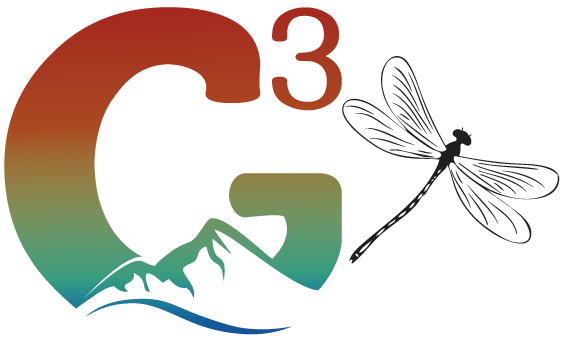

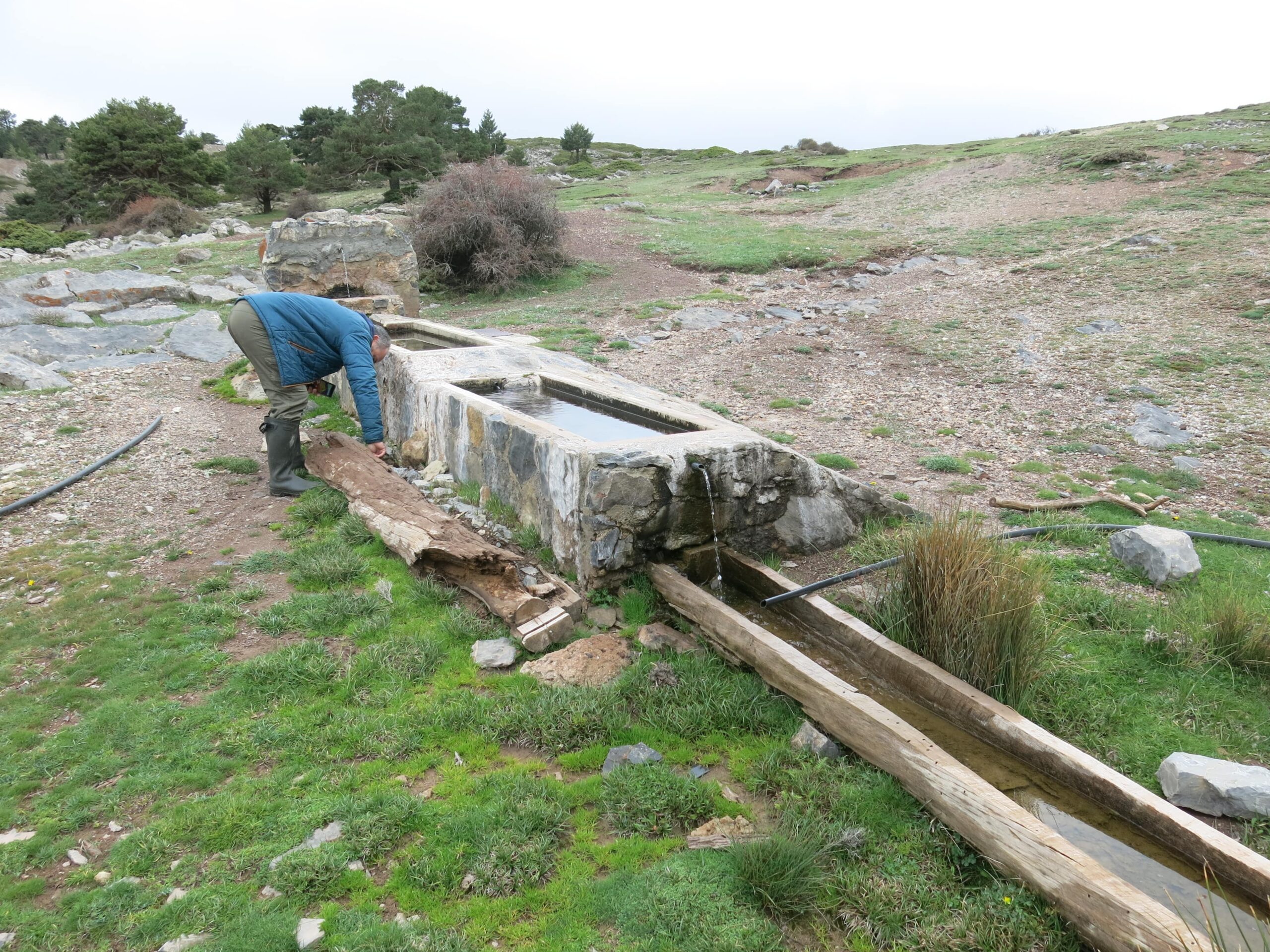

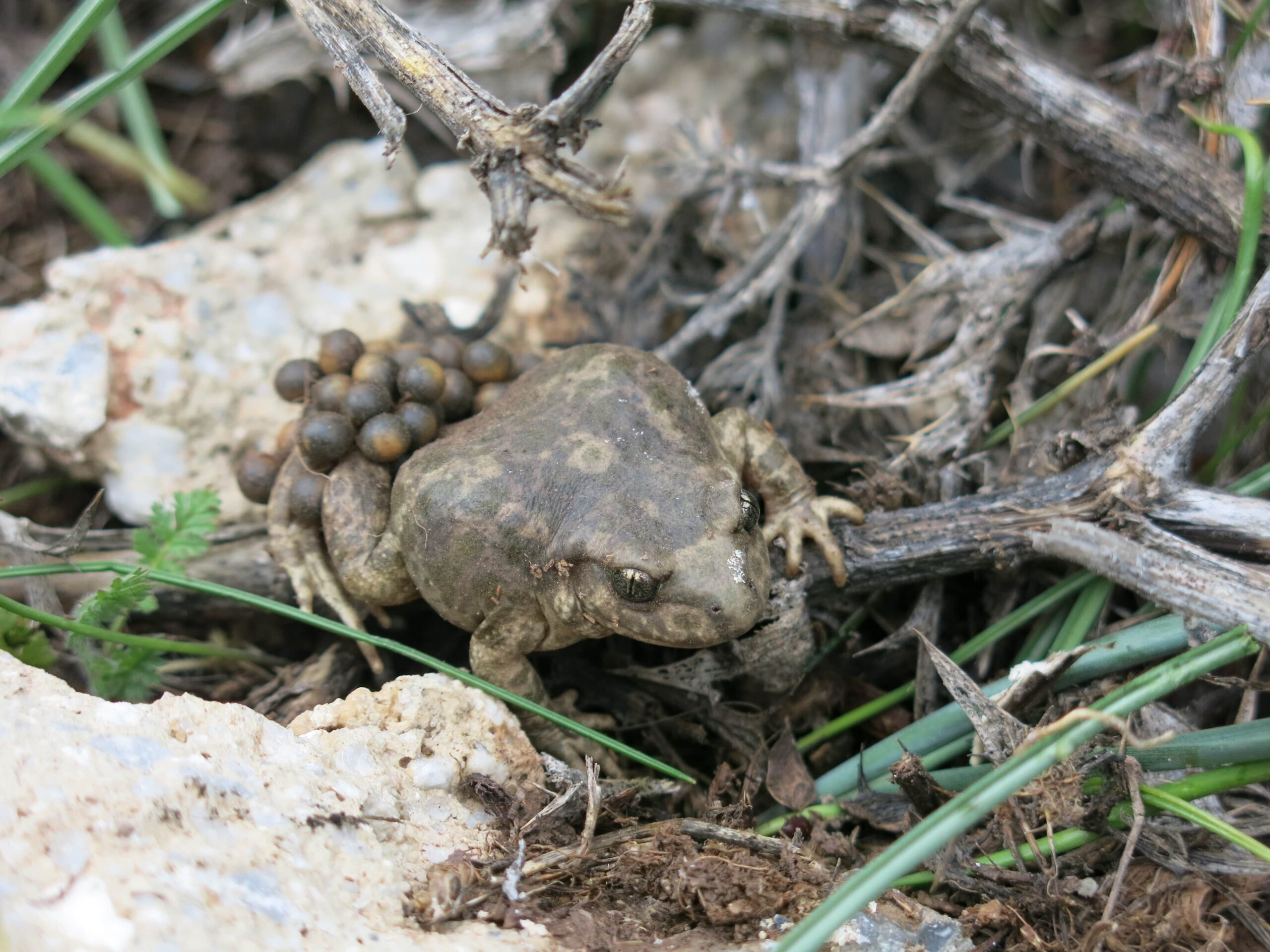
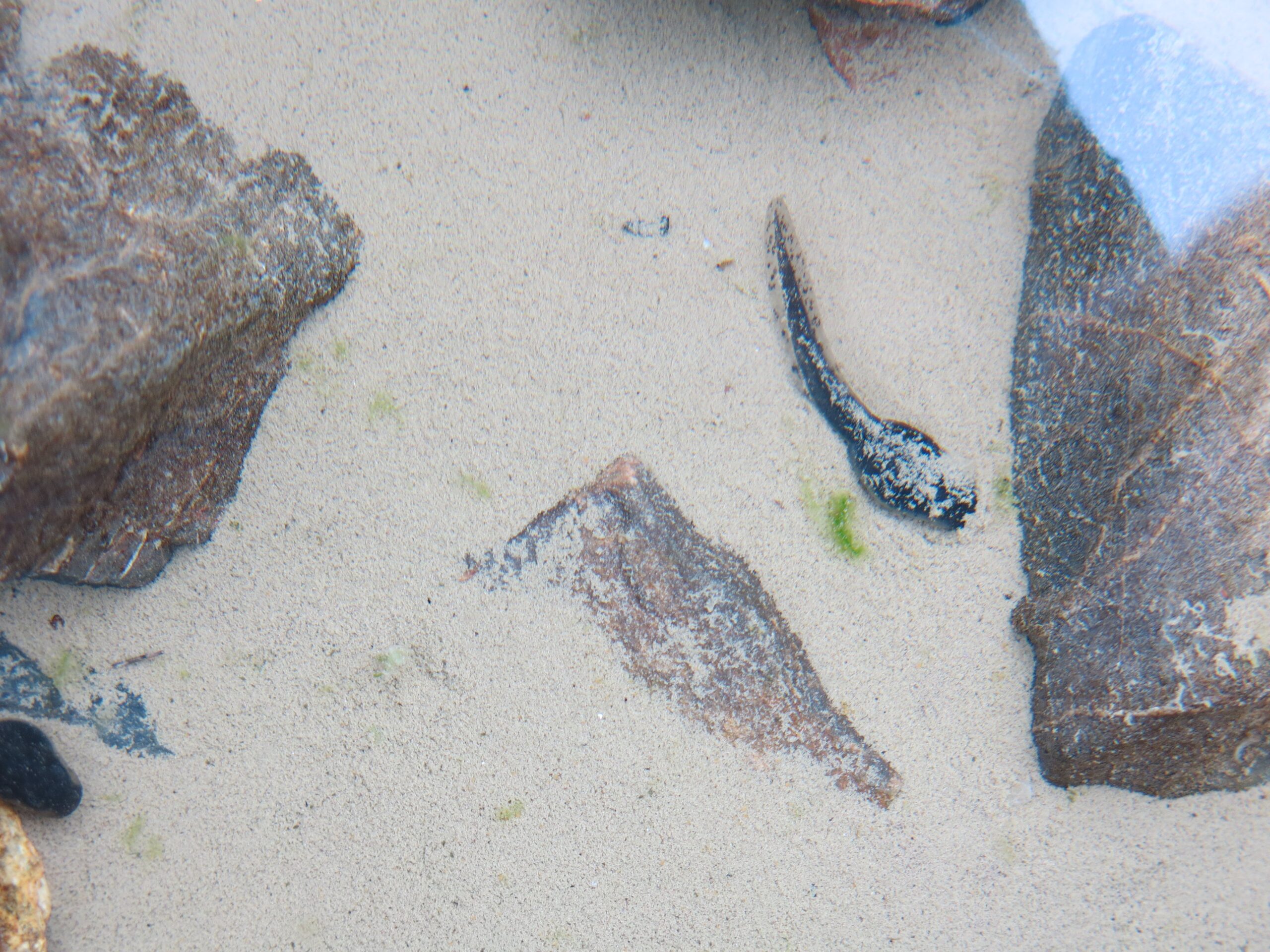








0 Comments